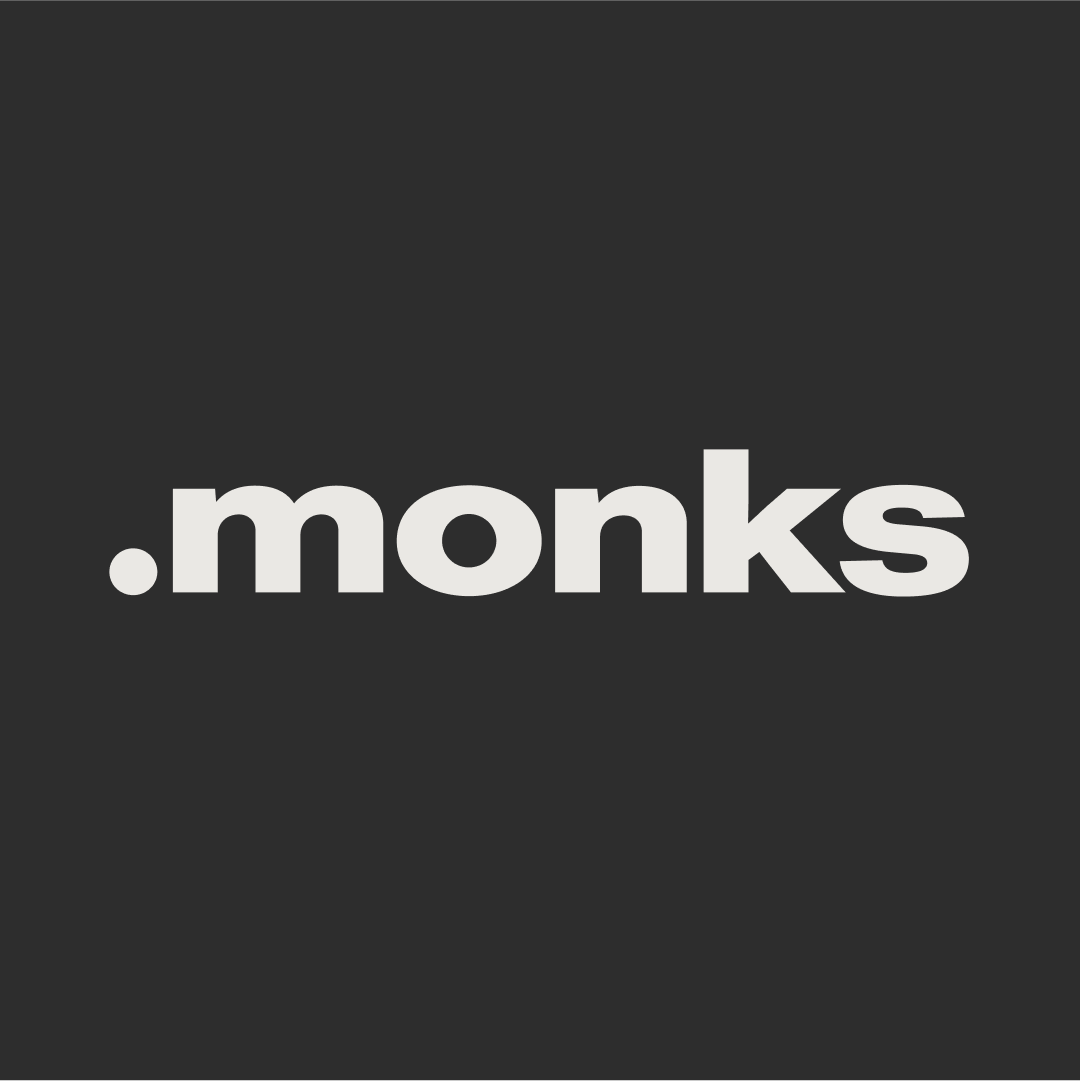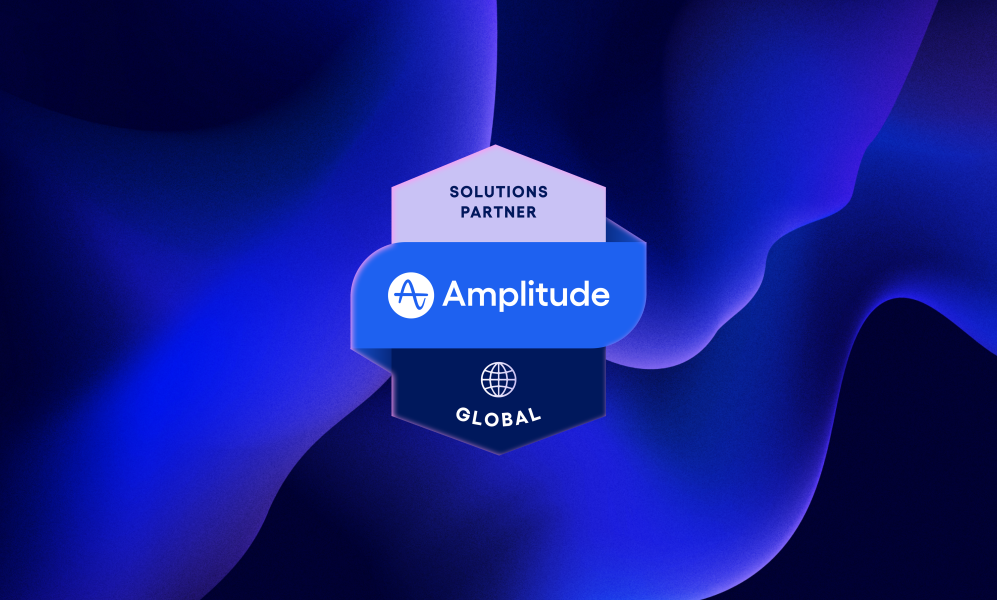Three Valuable Impacts Your Program Director Should Make

Program management is difficult to define because everyone seems to do it differently, and the role traditionally involves wearing several hats. Despite its apparent ambiguity, program management is a critical factor in your success with a creative and production partner. Our approach to program management is unique—much like our approach to operations—and dedicated to empowering brands to understand the tools that best meet their specific organizational goals.
Brands know that they have to work differently to keep up with emerging changes in technology and consumer behavior. What they often don’t know is how to do it most efficiently and for maximum impact. It’s easy to define, for example, a need to work faster and cheaper—but the internal workflow changes required to succeed in this can be confusing, overwhelming and challenging for brands. A good program director helps clients achieve their needs by empowering them to take a more active and empowered role throughout their relationship. Here are three valuable impacts that effective program management should make on your brand.
Demystify the Production Process
“By forging a long-term partnership with clients, we provide guidance on specific ways to ease that burden,” says Heather Hosey, Program Director at MediaMonks. “If a client wants to change something, we offer a solution in a series of phases that alleviates tension and stress they might feel about going down a new path.” This makes Hosey’s role very educational—not only in terms of how brands can best utilize tech, but also by empowering individuals to drive strategic, internal change.
We provide the context for how change can benefit people cross-organizationally.
“Let’s say someone within an organization really wants to change things, but their leadership doesn’t support or understand the initiative,” says Hosey, highlighting a key challenge as roles become redefined and responsibilities shift in organizations today. “We help get all parties on-board by providing context for how that change can benefit people cross-organizationally.” Hosey asserts that change doesn’t have to come from the top; our experience as both a creative and production partner provides us the point of view to understand and engage with goals at every step of the process or level of a brand hierarchy.
Empower Through Collaboration Opportunities
The approach outlined above is based on having empathy for and transparency with the client—though such an approach isn’t always a guarantee. Some partners may not be willing to give away the “secret sauce,” so to speak, which is why the relationship and service you get from a creative and production partner is just as important as the deliverables itself. As MediaMonks Program Director Cynthia Lin says, “Our clients are buying the team, not the deliverables.”
But we’ve found that operations run much more smoothly through an open, collaborative approach. For example, a brand might have grand ideas that may not be possible to execute given their budget. “In this case, we work together to identify the bottom-line approach: the closest thing they can achieve with the budget available,” says Hosey. “But in this plan, we’ll also build the expectation to scale, so we can achieve that goal further down the line.” This provides clients with a results-based action plan and manages expectations when the details behind a given process might have seemed hazy at first.
Our clients are buying the team, not the deliverables.
For Lin, weekly meetings are used to empower clients to iterate their ideas through. Her approach is to remove any communication blockages and invite the client to become an active force in the planning process. “We ask a lot of questions in the work session they might not have thought of, then work together to map out the functionalities of their idea,” Lin says. “It’s about empowering the client to make their own decisions. We’re on the sidelines and supporting them.”
This process is ideal for when clients know what they want, but require added expertise to fill in the blanks. A brand might have a certain set of specifications for developing a web platform, for example, but not know which tools are needed to accomplish their goals. By asking the right questions about both organizational needs and the desired user experience, we can help clients arrive at the right solutions.
Provide Agile, Flexible Ways of Working
Because building efficiency is a key tenet of program management, a partner should seek to make the best use of your time to ease planning and provide faster-to-market deliverables. “When it comes to larger organizations, changes in business decisions can be hard to predict,” Lin said. “This means half the deliverables that are agreed upon at the start of the year might end up changing six months in.”
With beauty brand OPI, for instance, Lin works with various teams to support and optimize the brand’s website. This includes everything from content strategy to ecommerce platform support and UX strategy. Juggling so many features of the ecosystem, Lin’s team realized they could make the best use of the client’s time by approving deliverables throughout the year, which could be brought to market rapidly shortly after.
Our agile process ensures teams learn from the brand and develop with it.
Through this process, clients don’t have to put all their eggs in one basket at the start of the year. The client still gets the output they require, though the planning is spread out and more flexible to sudden business decisions. “If you’re not flexible enough, you lock yourself in a corner,” says Lin, echoing a sentiment that many brands can relate to. “The agile process also ensures our team learns from the brand and develops with it, keeping the work consistent.”
While program management facilitates a service to be carried out by the brand, it shouldn’t feel like throwing your budget at a black box. A best-case-scenario approach to program management seeks to provide understanding of every step of a production process, empower brands to make their own decisions and ensure everyone within an organization is on the same page with new initiatives. When these efforts are successful, brands can plan for the unplanned with greater flexibility and confidence.
Related
Thinking
Sharpen your edge in a world that won't wait
Sign up to get email updates with actionable insights, cutting-edge research and proven strategies.
Monks needs the contact information you provide to us to contact you about our products and services. You may unsubscribe from these communications at any time. For information on how to unsubscribe, as well as our privacy practices and commitment to protecting your privacy, please review our Privacy Policy.



